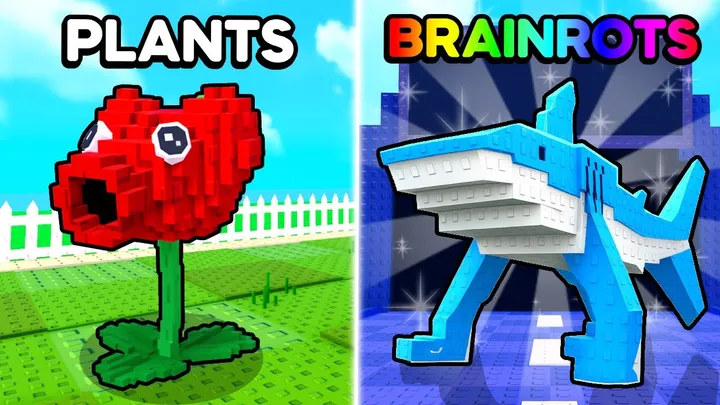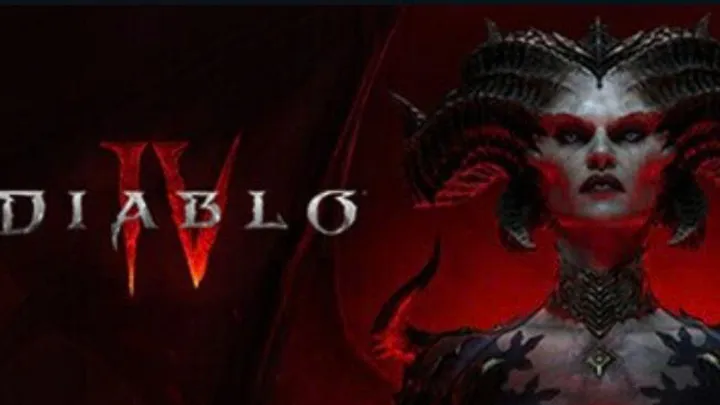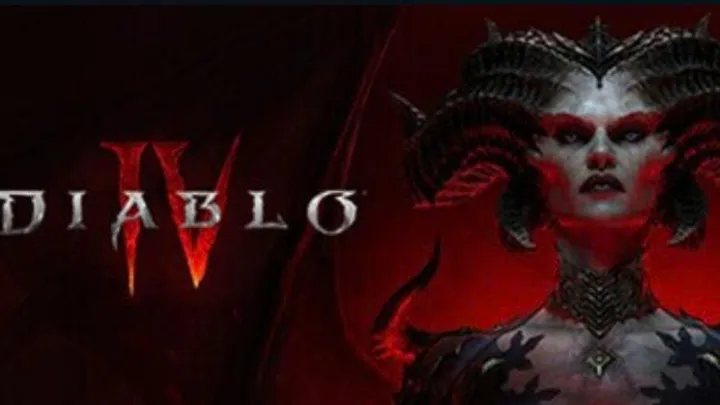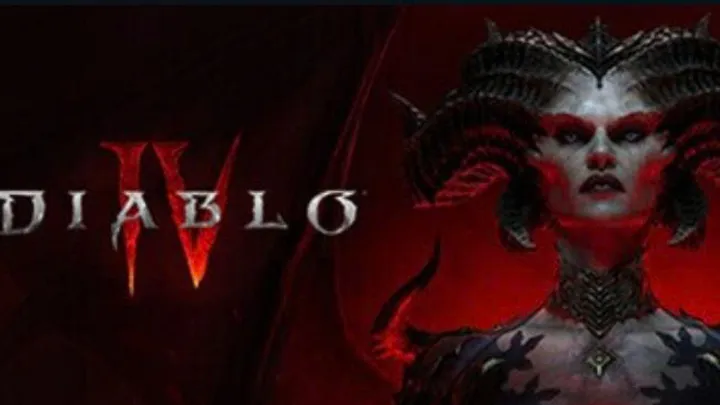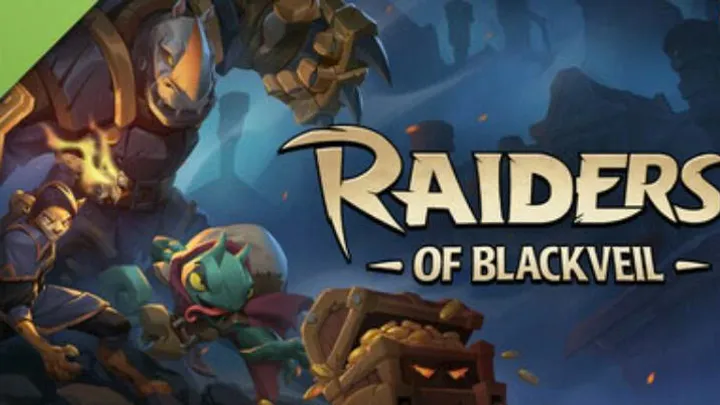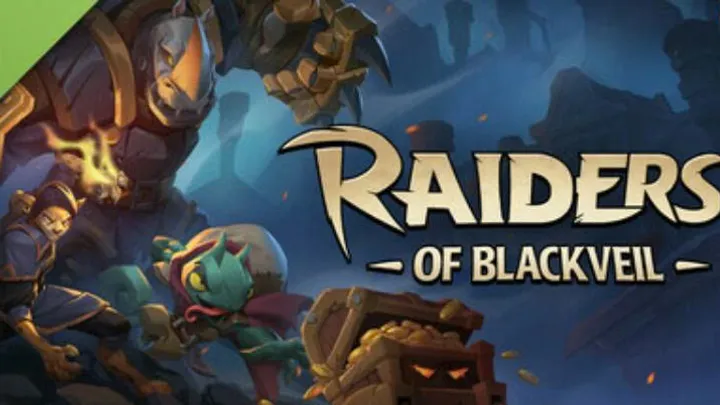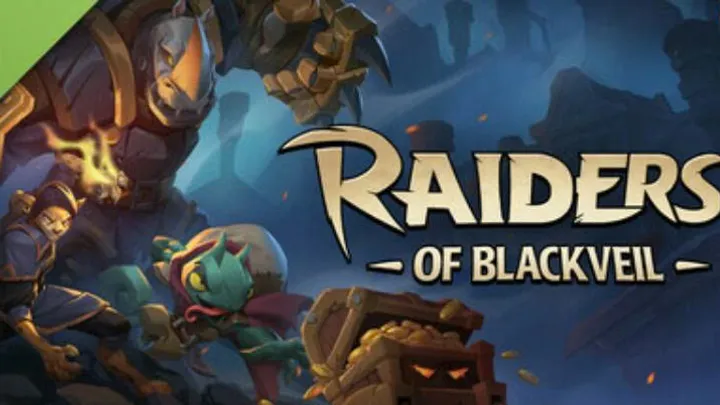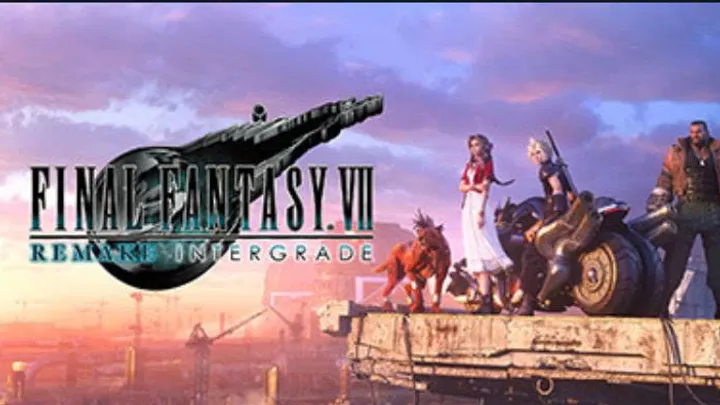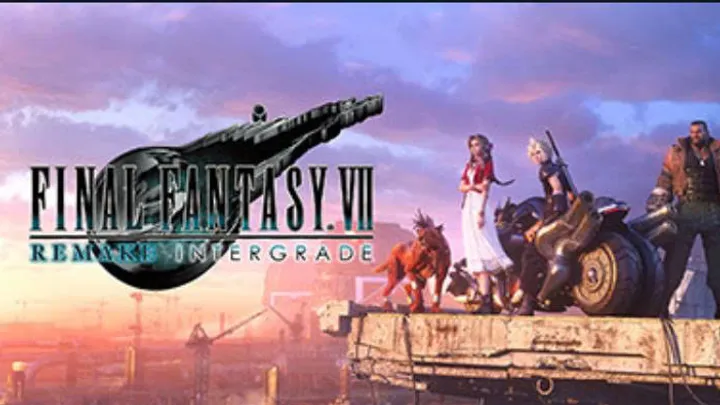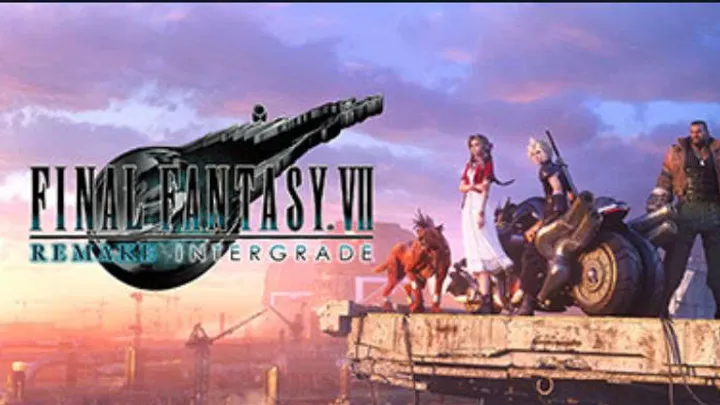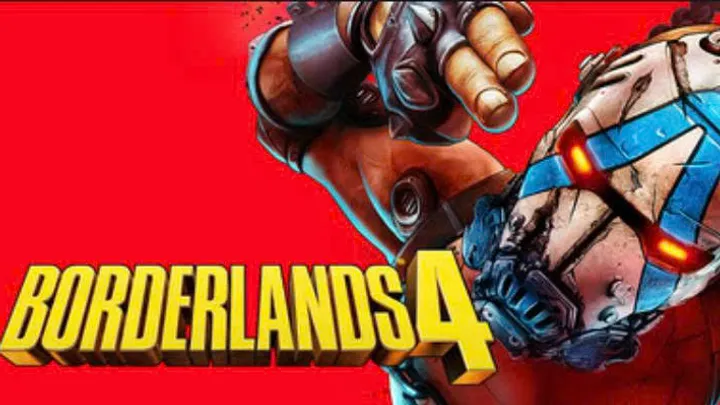SMITE 2, the ambitious sequel to Hi-Rez Studios' popular third-person action MOBA, has garnered attention for its Unreal Engine 5-powered visuals and revamped gameplay mechanics. While the game introduces exciting features and a fresh perspective on the MOBA genre, it faces significant challenges in balancing gameplay and fostering a positive community environment. This article delves into these issues, exploring their impact on player experience and the game's long-term success.
The Evolution of SMITE to SMITE 2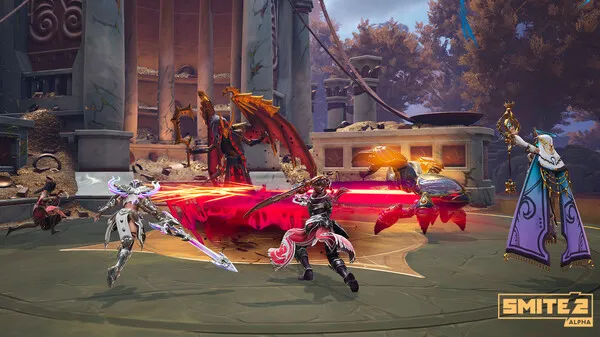
SMITE 2 represents a significant evolution from its predecessor, aiming to refine and expand upon the original's formula. The transition to Unreal Engine 5 has enhanced graphics and performance, providing a more immersive experience. New gameplay mechanics, such as CC Buffering and Aspects, have been introduced to add depth and strategy to matches. However, these changes have also led to a steeper learning curve and balancing challenges.
Balancing Issues: A Double-Edged Sword
Overpowered Gods and Abilities
One of the most frequently cited concerns among players is the imbalance between gods and their abilities. Certain gods have been perceived as overpowered, leading to frustration and a sense of unfairness in matches. For instance, gods with crowd control abilities can dominate fights, making it difficult for players to counter effectively. This imbalance disrupts the game's intended strategic depth and can deter players from engaging with the game long-term.
The Challenge of Balancing in a Dynamic Environment
Balancing a game like SMITE 2 is inherently challenging due to its dynamic nature. With frequent updates introducing new gods, items, and mechanics, maintaining equilibrium requires continuous adjustments. However, the rapid pace of changes can lead to periods where certain elements are overpowered or underwhelming, impacting the overall game experience. Players often express concerns about the game's balance, indicating a need for more thoughtful and measured updates.
Matchmaking and Ranked Play: The Quest for Fairness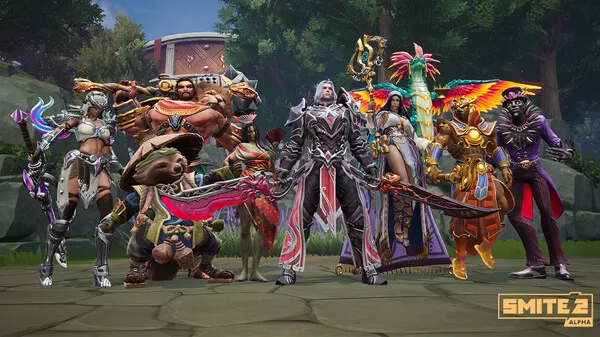
Inconsistent Matchmaking
Another significant issue in SMITE 2 is the inconsistent matchmaking system. Players have reported being paired with teammates or opponents of vastly different skill levels, leading to unbalanced and frustrating matches. This inconsistency undermines the competitive integrity of the game and can deter players from engaging in ranked modes.
The Need for Clearer Progression Systems
In addition to matchmaking issues, players have expressed a desire for clearer progression systems in ranked play. Without transparent ranking metrics and meaningful rewards, players may feel unmotivated to participate in ranked matches. Establishing a well-defined progression system is crucial for maintaining player engagement and fostering a competitive community.
Community Engagement: Bridging the Gap
The Importance of Developer-Player Communication
Effective communication between developers and the player community is vital for the game's success. Players have expressed frustration over the lack of direct interaction with developers, leading to feelings of neglect and disconnection. Establishing open channels for feedback and discussion can help address player concerns and build a stronger community.
Addressing Toxicity and Fostering Inclusivity
Toxic behavior within the community is another pressing issue. Reports of harassment and unsportsmanlike conduct can create a hostile environment, deterring new players and damaging the game's reputation. Implementing robust reporting systems and promoting positive behavior can help cultivate a more welcoming and inclusive community.
Technical Stability: The Foundation of Gameplay
Performance Optimization
Technical issues, such as crashes and lag, have been reported by players, affecting the overall gameplay experience. Ensuring the game runs smoothly across various platforms is essential for player retention and satisfaction. Regular performance updates and optimizations can mitigate these issues and enhance the gaming experience.
Server Stability
Server stability is another critical aspect of technical performance. Frequent downtime or connectivity issues can disrupt gameplay and frustrate players. Investing in robust server infrastructure and proactive maintenance can minimize these disruptions and ensure a stable online environment.
The Role of New Players and Accessibility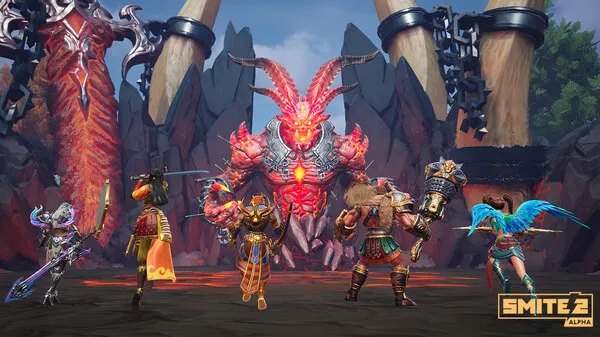
Onboarding Challenges
New players often face challenges when entering SMITE 2, including a steep learning curve and complex mechanics. Without adequate tutorials or guidance, newcomers may feel overwhelmed and discouraged. Implementing comprehensive onboarding processes can help ease new players into the game and enhance their experience.
The Importance of Accessibility Features
Accessibility features are crucial for ensuring all players can enjoy the game. Implementing options such as customizable controls, colorblind modes, and adjustable difficulty levels can make the game more inclusive and accessible to a broader audience.
Monetization and Player Perception
Concerns Over Microtransactions
Monetization practices, particularly microtransactions, have been a point of contention among players. Some feel that the game's monetization model is intrusive and detracts from the overall experience. Balancing monetization with player satisfaction is essential to maintain a positive relationship with the community.
The Impact of Cosmetic-Only Purchases
Focusing on cosmetic-only purchases can mitigate some concerns, as it allows players to customize their experience without affecting gameplay balance. However, ensuring that cosmetic items are reasonably priced and not tied to exclusive content is important to avoid alienating players.
Competitive Integrity: Esports and Beyond
The Importance of a Balanced Competitive Scene
A balanced and fair competitive scene is vital for the growth of SMITE 2's esports ecosystem. Ensuring that no single strategy or character dominates can lead to a more diverse and engaging competitive environment. Regular updates and community feedback are essential to maintain competitive integrity.
Supporting Community Tournaments
Supporting community-run tournaments can foster grassroots engagement and provide players with opportunities to showcase their skills. Providing tools and resources for community organizers can help grow the competitive scene and build a stronger community.
Looking Ahead: The Future of SMITE 2
Developer Commitment to Improvement
The future of SMITE 2 hinges on Hi-Rez Studios' commitment to addressing the game's current issues. By actively engaging with the community, implementing necessary changes, and maintaining transparency, the developers can steer the game toward a more positive trajectory.
Community Involvement and Feedback
Community involvement is crucial for the game's evolution. Encouraging players to provide constructive feedback and participate in development discussions can lead to a more refined and player-centric experience.
Conclusion
SMITE 2 has the potential to be a standout title in the MOBA genre, offering innovative gameplay and a fresh perspective. However, addressing issues related to balancing, community engagement, and technical stability is essential for its long-term success. By fostering a collaborative environment between developers and players, SMITE 2 can overcome its current challenges and build a thriving, dedicated community.
